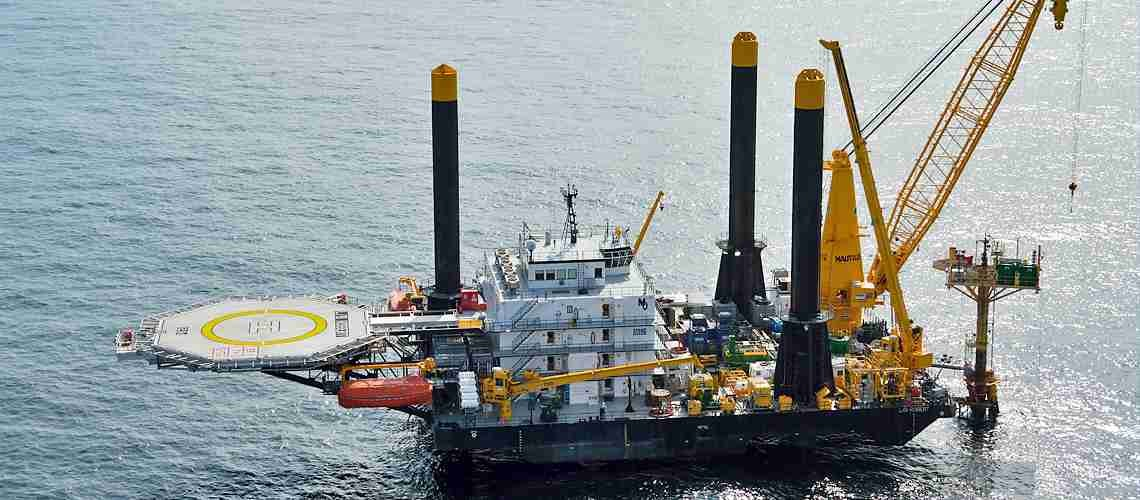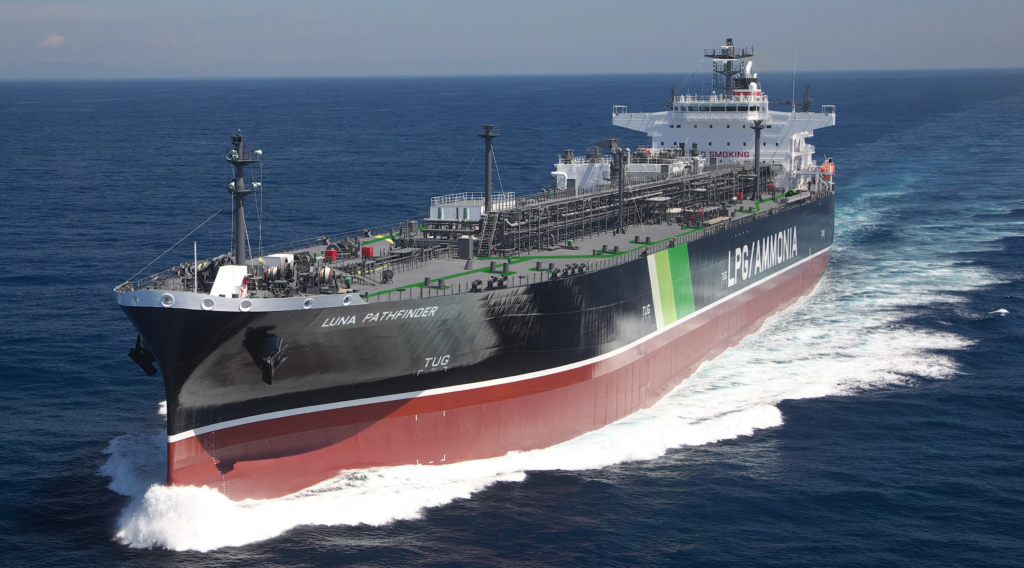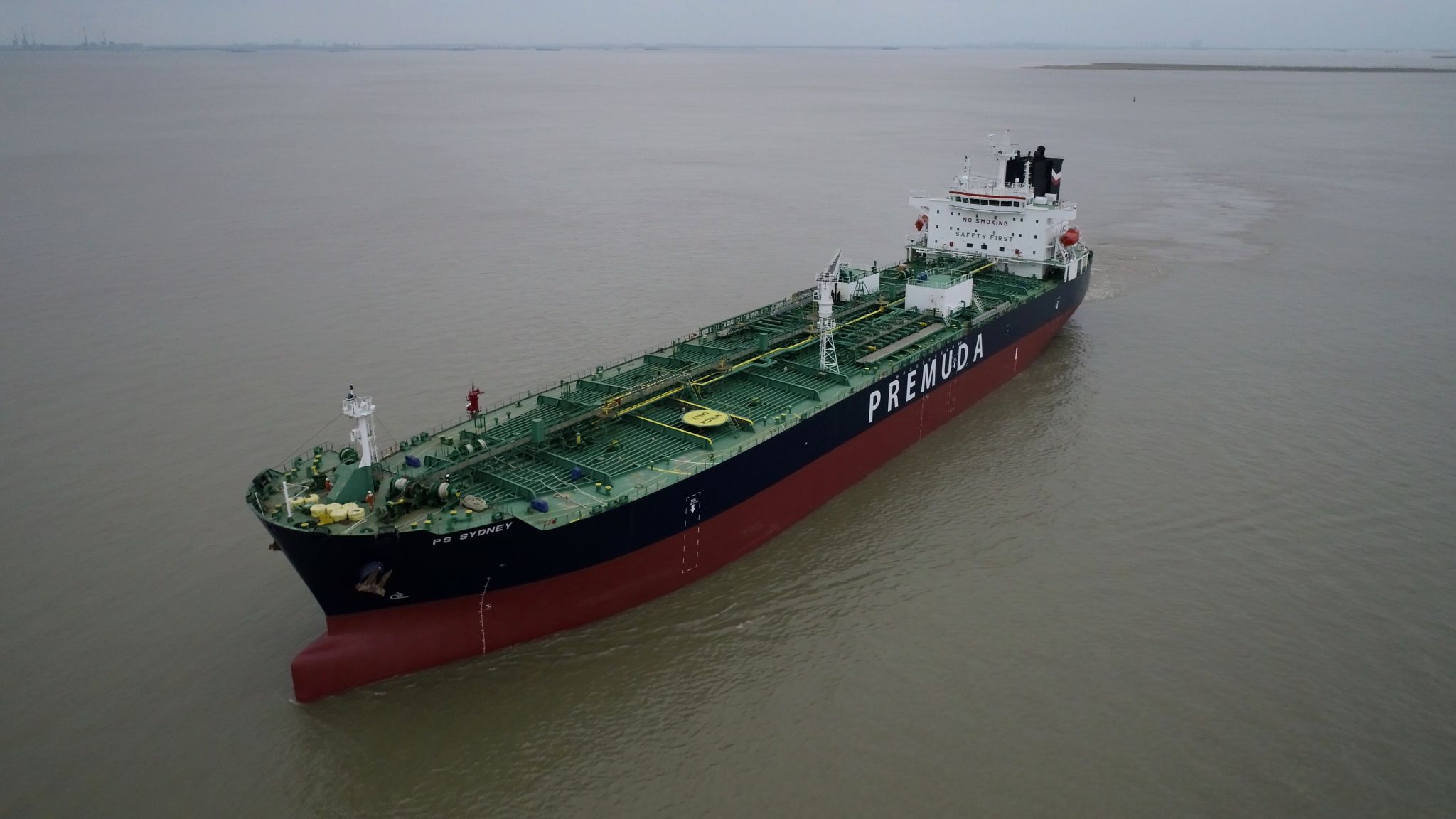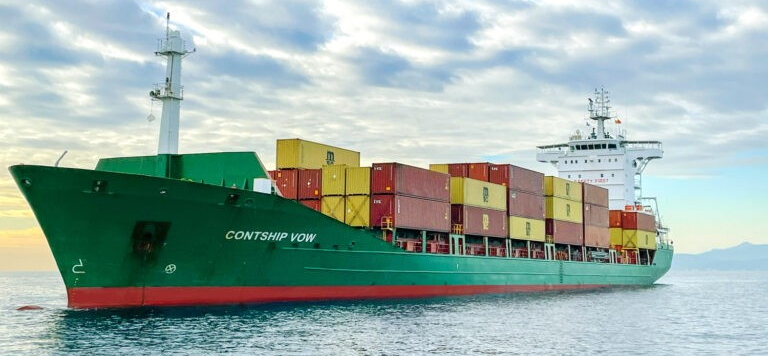Splash247: The changing global shipbuilding map
Say what you will about Donald Trump, but one bonus from his return to power in the US has been the sudden greater selection of shipyards that shipowners will be able to order from in the future.
Trump’s anti-China stance has driven a dramatic redrawing of the global shipbuilding map in a matter of months led by South Korea’s big three shipbuilding giants.
A belated decision to expand saw the South Korean shipbuilding sector get badly burned in the wake of the global financial crisis 17 years ago, leading to a lost decade and more. With shipbuilding going through a supercycle again, Korean yards are being more savvy about how they expand at home and overseas.
This month has seen the return of what was once a top 10 global shipbuilder to the market.
After years of financial hardship that culminated in court receivership in 2018, the reborn HSG Sungdong — acquired by HSG Heavy Industries late in 2019 — had been operating mainly as a block builder. That has now changed.
This month, Samsung Heavy Industries subcontracted the construction of a full suezmax-class crude oil tanker to HSG Sungdong, elevating their collaboration from component fabrication to full-vessel delivery.
HSG Sungdong’s return mirrors Samsung Heavy’s broader strategy of engaging partners to cope with rising demand. The firm has similar outsourcing relationships with China’s PaxOcean Zhoushan and Vietnam’s PetroVietnam.
Samsung Heavy’s local rival, HD Hyundai, has been taking a different tack to expand output. Splash reported earlier this month that the conglomerate was chasing long-term operating rights for Morocco’s flagship Casablanca shipyard. The initiative is part of HD Hyundai’s wider strategy to replicate its success in Vietnam by partnering with emerging maritime nations. The company is also deepening ties with Saudi Arabia, the Philippines, India and the US, including recent deals with Cochin Shipyard and Edison Chouest Offshore.
Not to be left out, Hanwha Group, the other big three Korean yard, has this month placed a landmark order for an LNG carrier at its US-based Hanwha Philly Shipyard — the first such export-market-viable vessel to be built in the United States in nearly half a century. While a significant portion of the construction will take place at Hanwha Ocean’s Geoje yard in South Korea, Hanwha Philly Shipyard will be responsible for US regulatory compliance and safety certification. The vessel will not qualify under the Jones Act, but Hanwha said it aims to transfer advanced technology to boost high-value production in Philadelphia over time.
Over in Japan, meanwhile, a trade pact struck this month between Tokyo and Washington will see Japanese companies invest in American commercial and defense shipbuilding, including new yards and modernisation of existing facilities.
Contents
Front page: Suicides at sea
Editor’s Comment: The changing global shipbuilding map
July 2025 Review
Markets Tankers
Markets Dry Bulk
Markets Containers
Analyst Abstract
Monthly Broker
Feature: The rise of floating data centres
Interview: Pankaj Sharma
Data
Opinion: It’s time to talk

Related Posts





